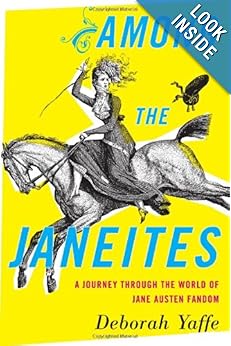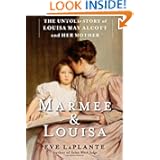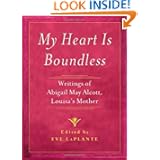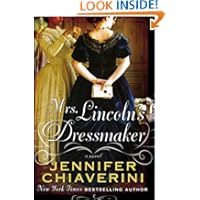The Lizzie Bennet Diaries

Yes reader I have succumbed to the lure of this YouTube series based on Pride and Prejudice. In case you don't know, The Lizzie Bennet diaries is an update of Pride and Prejudice. Lizzie Bennet is a modern, American woman who is finishing graduate school in communications. She decides to keep a video diary as her thesis project. She shares her often negative opinion about her mother's overt attempts at finding rich husbands for her three daughters. Lizzie is closer to her father who largely ignores domestic drama. Her oldest sister Jane is a sweetheart. She works at a going-nowhere job in the fashion industry just because she loves fashion. Youngest sister Lydia is a party girl. To Lydia, life is one big party and responsibility is for nerds like Lizzie. (Mary and Kitty appear as other characters). Lizzie's "bestie" Charlotte helps edit the videos and appears on camera to balance out Lizzie's often negative comments. When medical student Bing Lee moves to the neighborhood, Mrs. Bennet throws Jane at him. At first Lizzie doesn't like Bing or trust his sister Caroline, but as Jane's friendship with Bing develops, Lizzie may have to revise her first impression. Then Lizzie meets Bing's friend Will Darcy at a wedding where Will stands in the corner fake texting the whole time. He earns Lizzie's censure and negative opinion for his rude behavior. She prefers George Wickham, a swim coach she met at a bar. He's not very bright but he's cute and fun. A chance encounter with old school mate Ricky Collins earns a proposal that will change everyone's lives forever.The moral of the story is that first impressions aren't always correct. This point is emphasized many times while pride and prejudice are not.
The story sticks pretty close to the novel plot point by plot point with some extra added drama. It gets really sad in the middle (or "emo" as Lydia says). Watch Lydia's diaries in between Lizzie's as the drama unfolds. Lyida's point-of-view offers more depth to her character than in the novel. Because she's the youngest of three and not 5, her position in the family affects her more than it does book Lydia. She's also older and more aware of consequences than book Lydia. I don't think what happens to her is the social equivalent of what happens to Lydia in the book though. Dare I say it but I kind of liked Lydia better than Lizzie in this version?! Lydia is better developed. Lizzie is tart-tongued and really rude and overly dramatic at times. Her reaction to Ricky's proposal was downright rude and her reaction to Charlotte's decision was way more hysterical than it merited. Save the hysterics for book Charlotte. Lizzie finally grows and matures but I was tired of her by that time. I liked what happened with Lydia and made me rethink my own relationship with my little sister and how she may have felt about me growing up.
I was eager to see how the love stories played out though and I was a bit surprised but happy with the resolution to Jane's story. It's perfect for a modern story. I didn't think the Lizzie-Darcy romance ever really got off the ground. They spend less time together than in the original novel and she doesn't really get to know him in the same way. Darcy's character isn't as well developed. The story sticks too closely to the novel to make sense for this particular retelling. I would have liked a bit more development there. Don't get me wrong, I still loved the ending, but it needed a few more episodes. Darcy doesn't really change but he does realize first impressions can be wrong ones.
The acting is excellent. I especially enjoyed Mary Kate Wiles as Lydia. She's lively and funny but shows a lot of talent portraying Lydia's depth. Her interpretation of Jane is spot-on and so funny. My other favorite is Craig Frank as Fitz Williams, Darcy's friend. He's so charming and funny. I really liked his portrayal of the character. A
close third is Briana Cuoco as Mary. She's a good foil for Lydia and I
liked how well she did "emo" young adult. She's the perfect modern Mary.
Her facial expressions really added to the character. Daniel Vincent Gordh's Darcy is a bit too stiff and formal to be believable in the modern age. He really does sound like the robot Lizzie thinks he is. Everyone else did an excellent job though and there really aren't any poor actors in the series.
This
retelling is worth watching even for dedicated purists. It's well done
and shows why Jane Austen is as popular as ever. I loved the costume
theater reenactments of what was happening in Lizzie's life. I also
liked the little asides they tossed in for those who have read the
novels and seen the movies. Be sure to watch Lizzie's Q&A's for more
inside jokes.
Be sure to check out Pemberley Digital's website and the site for Collins and Collins to continue the fun. I'm going to try to watch Sandition if I can.












